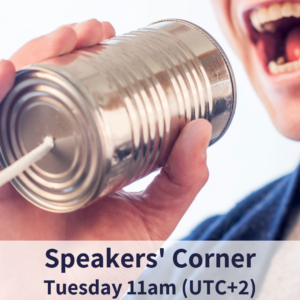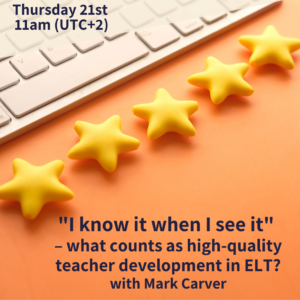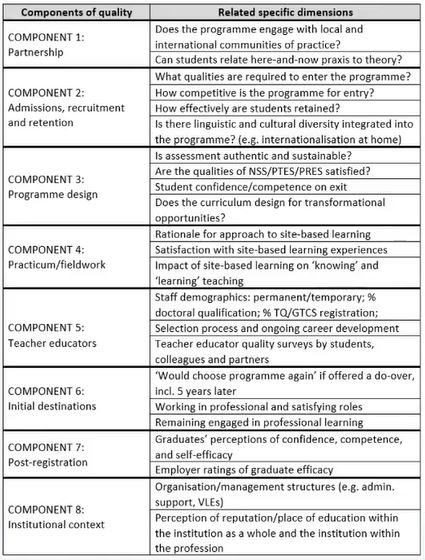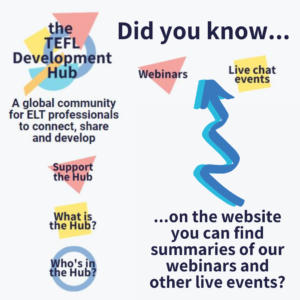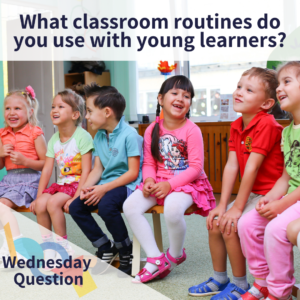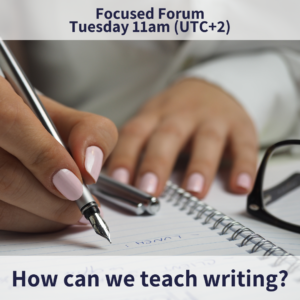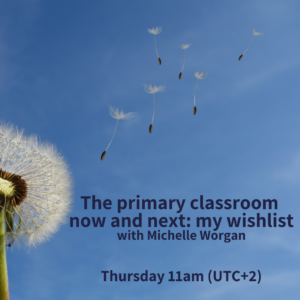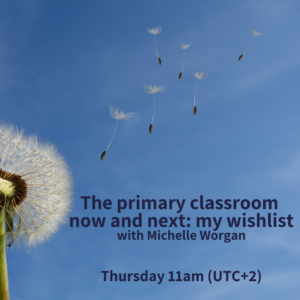We had a fabulous chat in today’s Speakers’ Corner, with Jordan joining us to talk about making our classes and centres safer and more inclusive environments. If you’d like to hear more of what Jordan has to say on the topic of queer identity in education, check out his chat on Harry’s Teachers Talk Radio show.
Jordan put forward a number of questions during his talk and afterwards, we chatted a little about some of them more in-depth and considered why school owners and centre managers may be reticent to implement change. We suggested that a contributing factor could be the response of parents and discussed a little how attitudes can vary in different parts of a country and even between different areas of a town. There was also a feeling that language centres are essentially a business and taking a rather cynical view, each student is seen as 70€ a month more than as an individual. There were also questions of appropriateness, with a feeling that for some the focus is on learning English – potentially just to pass exams – rather than education for life.
Here are some of the questions which Jordan raised:
- Does the school offer the chance for students to share their preferred names and pronouns?
- To what extent are teachers encouraged to diversify the images they show?
- Does the centre have gendered toilets?
- How are students referred to collectively?
- Are teachers encouraged to use neutral terms, e.g. parent rather than mummy and daddy, or partner rather than boyfriend/girlfriend?
- How is support for queer staff and students offered? Is this support mentioned during the induction process?
- Are teachers and students encouraged to question the coursebook narrative?
- How do teachers deal with issues of gender and sexuality if they come up in the classroom?
- Is LGBTQIA+ month celebrated?
Giving more background to the questions, Jordan provided examples of when he has found opportunities to raise his students’ awareness of certain issues. For example, he mentioned that in a homework activity with a young learner group, there was a matching task with the following:
My dad’s wearing a pink shirt. —> I’m so embarrassed.
He asked students why someone might be embarrassed by their dad wearing a pink shirt and one student said that pink isn’t seen as a very masculine colour. They googled ‘man pink shirt’ to see that it’s quite common for men to wear pink and then considered the question again, with one student saying that you’d be embarrassed if it was an ugly, pink shirt.
These teachable moments provide us with the opportunity to question beliefs and biases and promote more diversity and inclusivity in our classes.
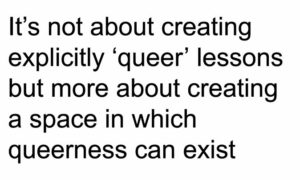
For more resources, you might want to check out:
How to write inclusive materials by Tyson Seburn
Reflecting Reality: Diverse and Inclusive ELT Materials on Facebook
You could also watch our webinar with Ilá Coimbra and James Taylor of Raise Up!
